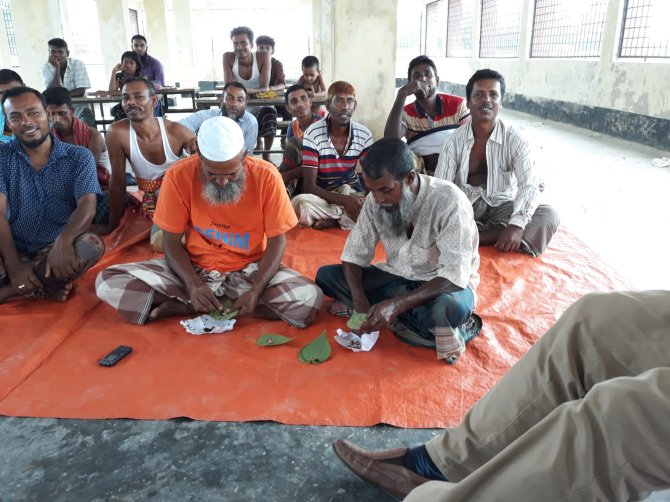In the coastal districts of Satkhira and Khulna in Bangladesh, shrimp farmers are grappling with how to meet the growing global demand while minimizing environmental harm. A study published in Ocean & Coastal Management highlights two key factors that can help make shrimp farming more sustainable: the realization that their ponds are often suitable for integrating mangroves, and access to technical support. With the right guidance and investments, the method known as "Integrated Mangrove Aquaculture" (IMA) can help small-scale shrimp farmers not only increase their income and protect the environment but also adapt to climate change.
IMA combines shrimp farming with the conservation and restoration of mangrove ecosystems. In Bangladesh, this integrated approach helps shrimp farmers improve water quality, prevent erosion, and generate additional income. By offering a sustainable solution, IMA benefits both the environment and farmers, boosting their income while mitigating the effects of climate change. However, despite these clear advantages, the widespread adoption of IMA in the region has been slow. The central question addressed in this research was: "What are the main barriers to adoption, and how can they be overcome?"
Perception and technical assistance are key
The study reveals that shrimp farmers are more likely to adopt IMA once they realize their ponds are suitable for the method. This realization builds confidence, reduces uncertainty, and increases their willingness to experiment with new techniques. Seeing the system successfully implemented by others can be particularly helpful, as it encourages farmers to overcome their hesitation and apply it to their own ponds. Additionally, access to technical support is crucial. Expert guidance not only helps farmers acquire the practical skills and knowledge needed for effective management, but also boosts their confidence in overcoming challenges.

Unfamiliarity and challenges hinder adoption
The study, which surveyed 128 shrimp farmers, found that 65% had never heard of IMA. Some farmers doubted their ability to manage the system or lacked the necessary technical skills to apply it effectively. In contrast, farmers who had already embraced IMA spoke positively about its benefits, particularly in managing production risks in shrimp farming.
Steps toward broader adoption
This research, a collaborative project between knowledge institutions in Bangladesh and Wageningen University & Research (WUR), recommends targeted actions to make IMA a more mainstream practice. According to WUR scientist and research leader Chloë de Vries, awareness campaigns and tailored training programs are essential to inform farmers and equip them with the necessary skills. She adds, "Financial incentives can motivate farmers to make the initial investment. Additionally, developing markets for mangrove products, such as honey, wood, and medicinal plants, could create additional income streams. This would make Integrated Mangrove Aquaculture (IMA) not only an environmentally friendly but also an economically attractive option."






